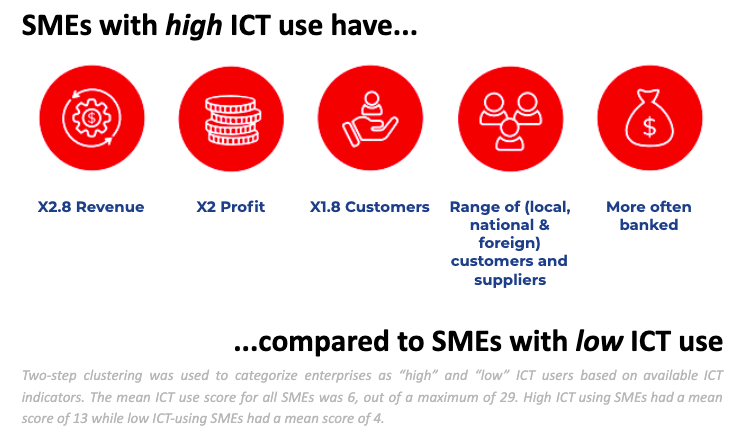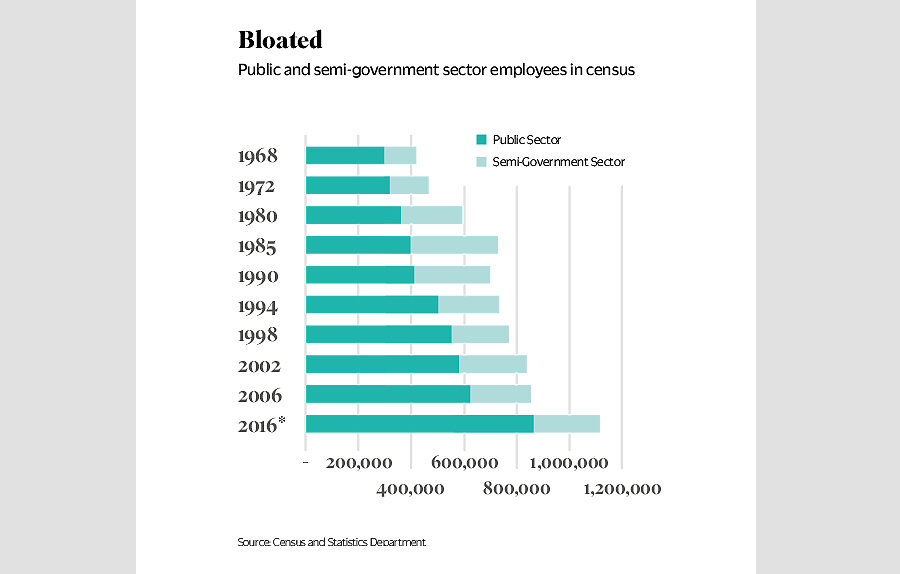Originally appeared on The Morning
By Dhananath Fernando
Sri Lanka must understand how it got here before getting out of here
Last week, the Central Bank announced all export proceeds should be brought into the country within 180 days of shipment. Additionally, they stated that all exporters should convert 25% of their foreign currency earnings to LKR from the invoice value upon entry into the country. This was brought in just a few weeks after they restricted forward purchasing for importers. With these two moves, Sri Lanka’s debt sustainability has come under the spotlight once again. Recent reports from Standard Chartered Bank and Barclays Bank have also contributed to the discussion.
It is clear that the Government and the Central Bank are looking at the problem differently to how investors, financial markets, and other stakeholders perceive the problem. Indeed both sides share their opinion with good intentions of overcoming the current turbulent time.
As per recent media reports and a press release by the Central Bank, their objective is to build non-borrowed foreign reserves in order to meet our debt commitments. The Government is looking at the problem as a cash inflow-outflow problem. Accordingly, the Government expects about $ 32-35 billion inflows, about $ 15 billion from exports, about another $ 7 billion from remittances, and about $ 1.5 billion from tourism, with foreign direct investments (FDIs) and other transfers, etc. filling the balance.
On the outflow side, the Government expects about $ 19 billion for imports and sovereign bond payments are about $ 2 billion every year, so the debt can easily be served without any problem according to the reports. It further states that total sovereign bonds are about $ 15 billion which is about 17% of total debt, and none of the other creditors have made any concern over our debt sustainability. Recently, the Governor made remarks that the Central Bank buys about $ 10 million per day to build up reserves so we can cover all debt commitments. According to his view, the outlook on exports, FDIs, tourism, and remittances looks positive with the vaccination drive.
On the other hand, investors and other agencies are of the view that reprofiling debt with International Monetary Fund (IMF) support is the best solution at hand as our foreign reserves are eroding faster than expected. They see the problem as a solvency problem rather than a cash flow problem; that we need to buy time to bounce back with a lesser impact on the entire economy. It’s not that all reserves are liquid as some reserves are in gold and some IMF commitments and swap commitments are already included in the available reserves of about $ 5 billion. The question from the investors is: “If the cash flow is smooth, why does it continue to erode the reserves which are now at a historic low?” In this context we have to evaluate what we should do and what is possible to do.
Let’s get into the basics. In the debt discussion, we have all been debating on how we can settle the debt and how we can keep our noses above the water. But we should not forget the reasons that brought us to where we are today. We borrowed beyond our capacity at high interest rates and invested in projects which generate returns far less than our payment capacity. In other words, we borrowed at market rate and invested in non-tradable goods which did not generate any tradable return necessary to repay a part of the debt. Since we have failed to avoid the causes of the problem, now we have to pick the best possible escape route from the problem.
Secondly, in my view, we have to estimate the extent to which we can build up reserves by buying USD from the market given the current policy stance. The Government has committed to a policy to keep the interest rates unchanged and keep the exchange rate to USD in the Rs. 185 range. We need to understand that the USD inflow estimate of about $ 15 billion is not owned by the Government but by the exporters, and so are our remittances. The same applies for the imports where importers have to have money from the market to import the basics such as fuel, pharmaceuticals, etc. In this context, to build up the reserves, the Government has to buy USD from the market and that is how the Government can capture the USD available in the market from exporters. To do that, the incentive structures have to be there for exporters to sell more USD rather than save USD. Currently, the interest rates for USD are higher than interest rates for LKR accounts, so expecting a currency depreciation, the market perception is more skewed towards keeping their money in USD form. To overcome that incentive discrepancy, when the Government imposes a regulation to procure the USD earnings by exporters within 180 days and to convert 25% upon shipment, it is likely that the exporters under invoice consider options to park their money in offshore accounts, which will further erode our inflows.
At the same time the regulation will impact some exporters who run on thin margins who have a portion of imports in their exports. On the other hand, the companies who have USD commitments and agreements with other companies now have to face extra pressure and loss on conversions due to this regulation.
In my view, the sovereign debt problem has a broader dimension beyond just calculating cash flow. Because the Government owns the debt and because the USD cash flow is owned by private businesses and individuals, the Government requires a mechanism to capture it either by taxation or mopping up the liquidy from the market by tightening the systems by allowing the interest rates to move upwards. That will slow down the economy. The Government’s current strategy of buying their own Treasury bills and bonds, in other words printing money, will add constant and excessive pressure on imports through channels where the imports are open, though we have a import control policy. At the same time, it is highly likely that the excess liquidity will convert to credit with the economic recovery from Covid-19 and add pressure on inflation and cost of living. We have to keep in mind that while we build reserves by buying USD from the market, we might have to sell some of it again to keep the exchange rate stable. Changes in the exchange rate will affect our debt-to-GDP ratio.
It is true the sovereign nations have the legitimate power to print money, but ultimately what consecutive governments consumed by taking debt has to be paid in real terms by earning it real value, and there is no shortcut for it. Very importantly, while the debate is on as to what route we need to take, we should not forget the reason that brought us here.
The opinions expressed are the author’s own views. They may not necessarily reflect the views of the Advocata Institute or anyone affiliated with the institute.







